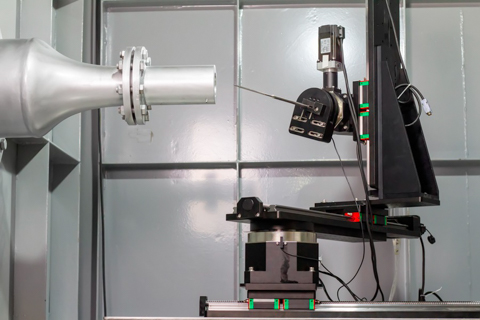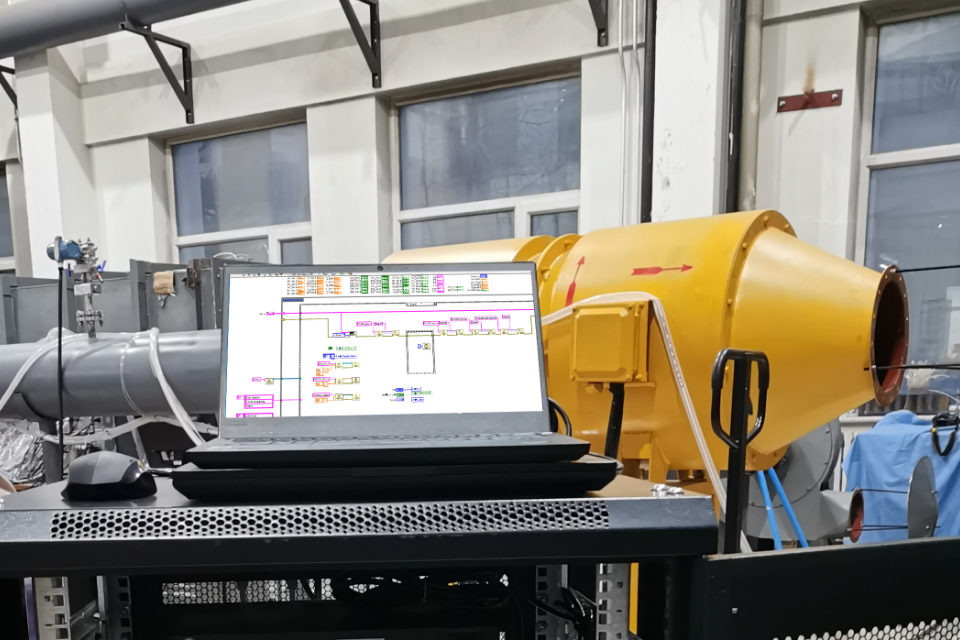To get started, it is necessary to understand the extent to which model attitude changes affect data errors. In low-speed calibration wind tunnel tests, when the model is subjected to aerodynamic loads, it may experience deformation, displacement, or deflection, resulting in variations in attitude angles, trajectories, and vibrations. These changes directly affect the measurement of key parameters such as drag and lift coefficients, leading to data inaccuracies. For example, an uncertainty of just 0.0001 in the drag coefficient of an aircraft can alter its effective payload by 1% for a long-range cruise — a difference that is critical in terms of flight performance optimization and safety evaluation.
To address this issue, Windtuner recommends the use of optical non-contact methods for real-time displacement measurement. This approach can accurately capture parameters such as the model’s attitude angles, trajectory, and vibration, providing strong support for precise data processing during experiments. Among available solutions, a high-precision real-time spatial displacement measurement system based on a linear CCD array is particularly effective. This system meets the measurement requirements for model displacement and attitude angles and offers advantages such as high real-time performance, accuracy, flexibility, and cost efficiency. With this system, which has been effectively implemented into Windtuner's own wind tunnel, it is possible to monitor the model’s attitude changes in real time during wind tunnel testing, thereby minimizing data errors.

To ensure the accuracy of calibration wind tunnel test results, it is also essential to regularly calibrate and maintain experimental setups and instruments. Meanwhile, optimizing experimental methods to reduce errors caused by flow-field non-similarity is another important means of improving experimental precision.
With our extensive experience and strong technical capabilities in this field, Windtuner Technology provides customers with comprehensive flow-field measurement and control products and services. Windtuner’s calibration wind tunnel experiments can also include calibration of five-hole probes and pressure scanning valves, effectively reducing measurement errors and supplying precise data support for aerodynamic research in scientific and engineering applications.
By integrating advanced optical measurement, real-time monitoring, and precise calibration methods into a pressure measurement ecosystem, Windtuner Technology continues to enhance the accuracy and reliability of low-speed wind tunnel experiments. Through continuous innovation and technical expertise, Windtuner's researchers and engineers achieve more dependable aerodynamic data and optimized experimental outcomes.
















